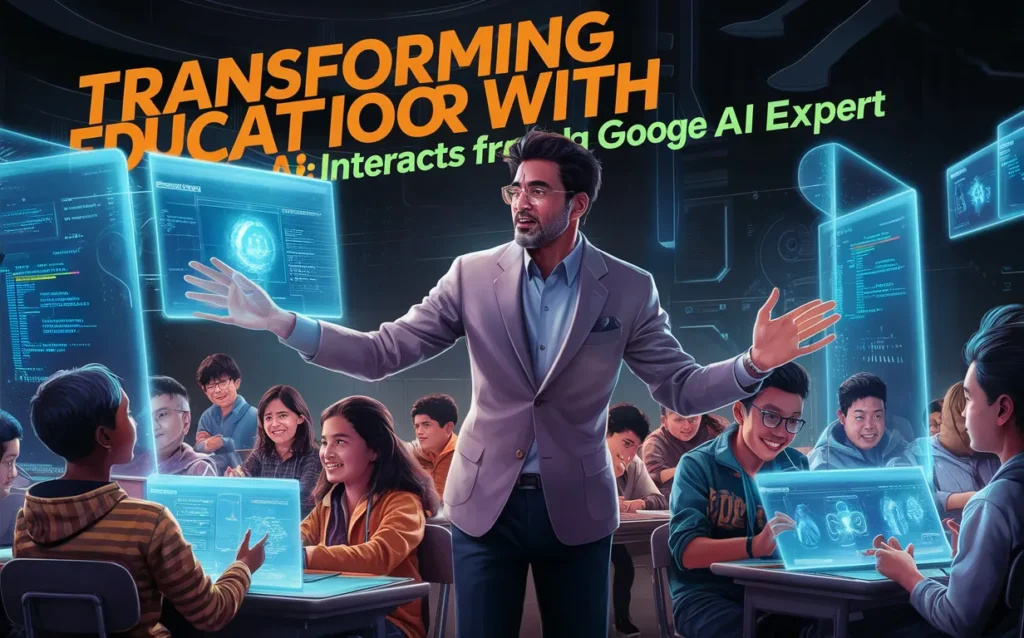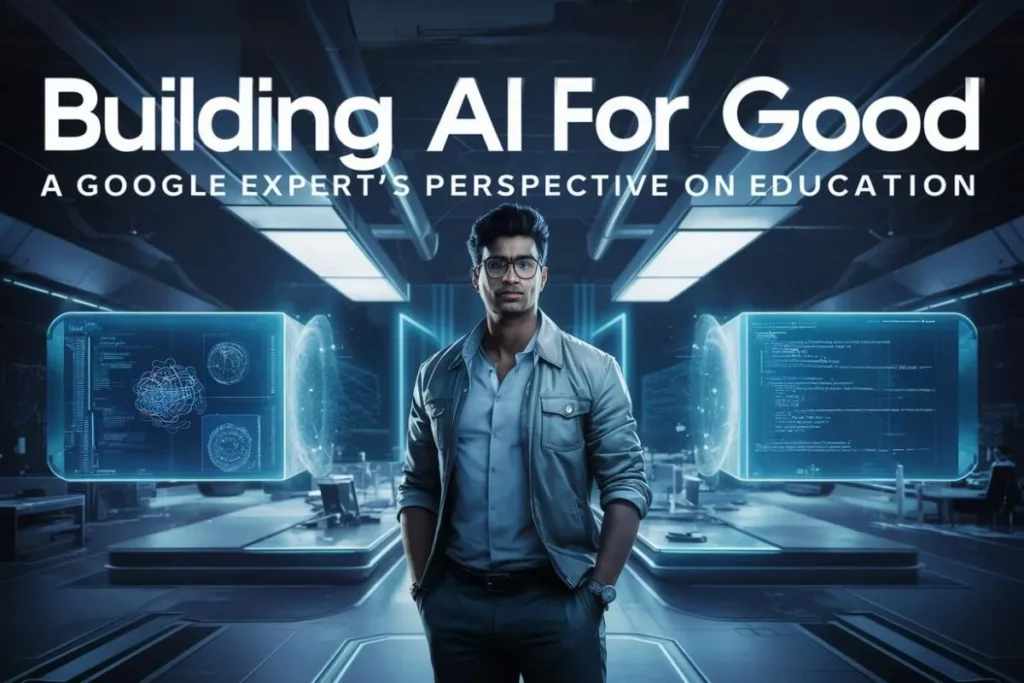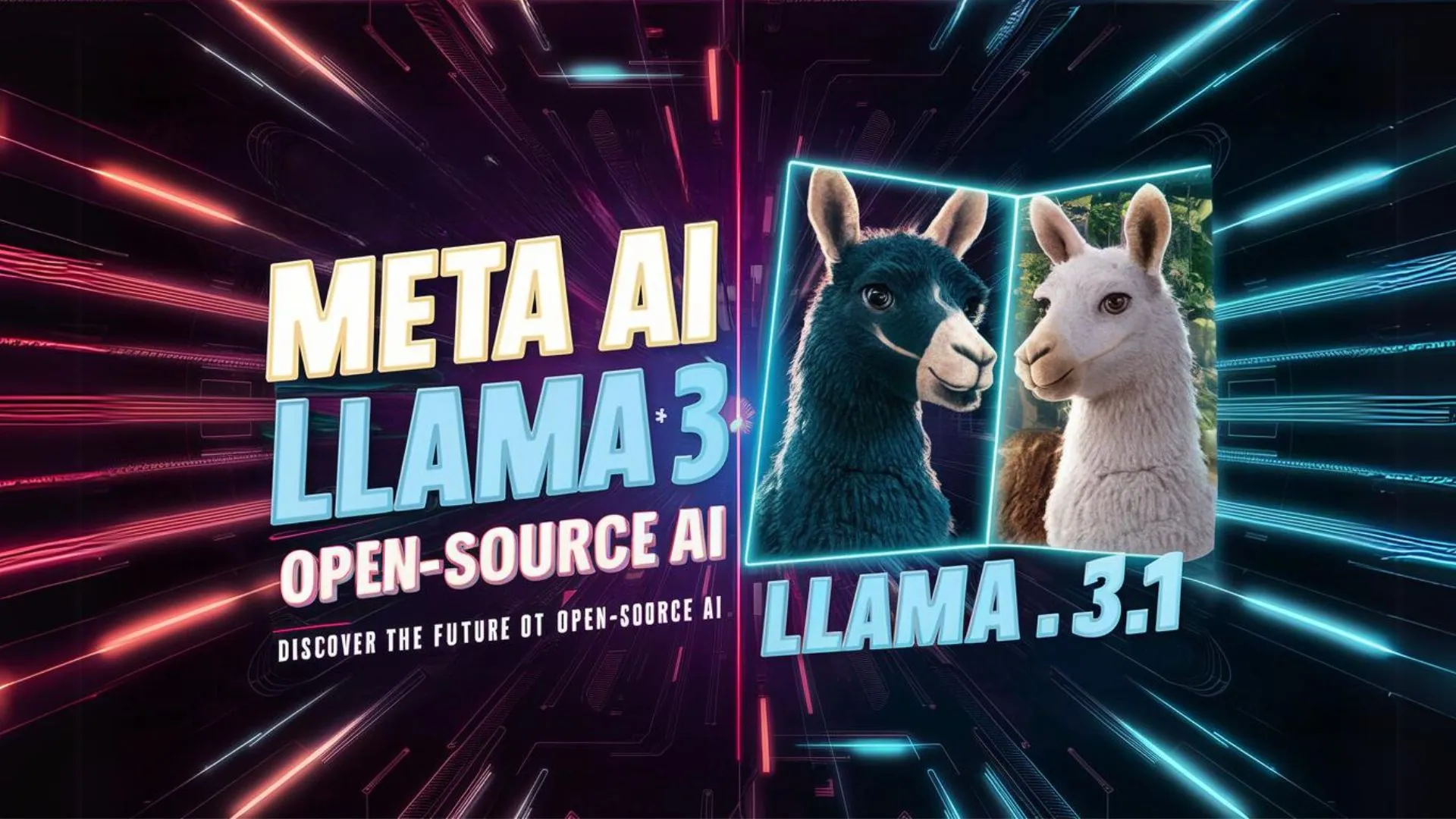The world of artificial intelligence (AI) is rapidly evolving, with new models and applications emerging at an unprecedented pace. In this exclusive interview, we delve into the mind of Rahul, a seasoned AI and ML specialist at Google, with over 14 years of industry experience and a PhD in Computer Science. Rahul shares his insights on the current AI landscape, model development, and the critical issue of responsible AI.

A Lifelong Journey in AI
Google AI Rahul’s fascination with AI in education began during his Master’s program at IIT Delhi, where he worked on a project applying AI to call centers and email automation. He continued to explore the field during his PhD, focusing on computer vision and multimedia networking.
Rahul attributes his early exposure to AI to the vibrant research environment at IIT Delhi and the opportunity to work closely with research labs. This experience gave him a solid foundation in the core concepts of AI and ML and enabled him to stay at the forefront of technological advancements.
The AI Boom and its Implications
The recent surge in AI capabilities, driven by advancements in large language models (LLMs) like GPT, has significantly impacted various industries. Rahul acknowledges the potential of AI to transform the way we work and live but also recognizes its potential negative consequences, such as job displacement and the need for continuous upskilling.
Developing AI Models for Education
Rahul’s current work at Google focuses on harnessing AI and ML to enhance the education sector. He is particularly passionate about addressing the “Bloom to Sigma” problem, where personalized tutoring has been shown to significantly improve student outcomes.
To achieve this, Rahul and his team utilize Google’s EduPalm LLM model and Vertex AI platform to create AI-powered educational tools. These tools aim to provide personalized guidance and support to students, adapting to their individual needs and learning styles.

Key Technologies: RAG and Vertex AI
Rahul explains the role of two key technologies in his work:
- Retrieve Augmented Generation (RAG): RAG is a technique that enables AI models to generate responses based on a specific context, such as course materials or lecture slides. This ensures that the answers provided are accurate and relevant to the student’s learning environment.
- Vertex AI: This is Google’s cloud-based platform for building and deploying AI models. It provides a comprehensive suite of tools and resources for developing, training, and managing AI models at scale.
| Technology | Description | Benefits |
| RAG | Retrieves relevant information from a knowledge base to augment AI-generated responses. | Improves accuracy and relevancy of AI-generated answers. |
| Vertex AI | Cloud-based platform for building, deploying, and managing AI models. | Simplifies the model development process and provides access to powerful computational resources. |
The Importance of Responsible AI
Rahul emphasizes the importance of responsible AI development, ensuring that AI models are secure, unbiased, and fair. He highlights the critical role of data cleaning and input/output filtering in mitigating biases and preventing adversarial attacks.
Advice for Aspiring AI Professionals
For undergraduate students interested in pursuing a career in AI, Rahul recommends focusing on building a strong foundation in AI and ML theory, gaining hands-on experience through open-source projects, and seeking out opportunities to collaborate with experienced researchers.
Demystifying AI Models and Parameters
In a technical deep dive, Rahul explains the concept of AI models and their parameters. He clarifies that AI models are essentially complex neural networks with numerous interconnected layers. The parameters are the weights assigned to these connections, and their values are adjusted during the training process to optimize the model’s performance.
Fine-tuning AI Models
Rahul also discusses the concept of fine-tuning, which involves adapting a pre-trained model to a specific task or domain. He differentiates between full fine-tuning, where all model parameters are adjusted, and parameter-efficient fine-tuning, which focuses on modifying only a few parameters.









